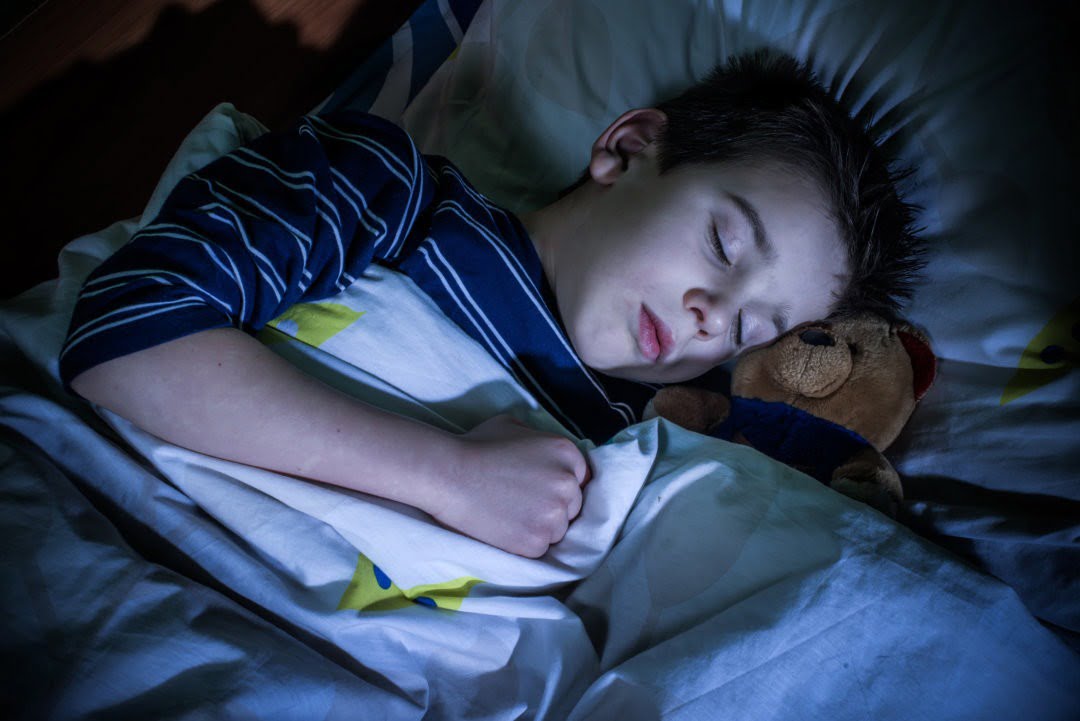As parents start to gear up for back to school – whether that’s shopping for new essentials or implementing a transitional sleep routine – now’s the time to check if your child’s bed is up to scratch.
New uniforms and school shoes are high on the agenda as the summer holidays come to an end – but having the right bed for a child is just as important, especially for getting a good night’s sleep.
Why are children’s bed so important?
A child’s bed needs to provide adequate support for growing bones and muscles by holding the spine in correct alignment, with sufficient comfort layers to cradle the body’s contours.
An old, lumpy bed is not likely to be conducive to quality sleep, which is needed to help with concentration and performance during the school day. Plus, studies have shown that children who sleep less tend to eat more which increases the risk of obesity and related health problems later in life.”
When should I replace my child’s mattress?
For adults, we advise replacing a mattress about every seven years. But parents should aim to change the bed or mattress at significant growth periods, for example, a teenager who’s suddenly shot up to 6ft plus needs a bed that will enable his or her feet to stay on the mattress and not hang over the end
With the rate that children grow (height and weight), it’s impossible for a bed that was bought when they were six or seven years old to be providing the correct support required when they reach their teens. And for some reason, kids always seem to grow over the summer – must be something to do with the fresh air and sunshine!
If you’re looking to buy a new bed for your child this school term, here’s some of our top advice:
- A children’s mattress can be either foam or sprung. Mattresses containing memory foam are generally not recommended for young children.
- If a child has asthma, eczema or rhinitis, choose a mattress and bedding with hypo-allergenic fillings which avoids known irritants such as feathers or hair.
- If you buy a mattress and bed base separately, always check they will fit together, as bed sizes are not standardised.
- Don’t buy second hand or use ‘hand-me-down’ mattresses. It will not provide the support and comfort needed for growing children and could be a health or safety hazard.
- If buying bunk beds, make sure they have the correct safety standards (BS EN747) and regulations (entrapment hazards) in place, which manufacturers and retailers should comply with.
- Look for the NBF Approved logo to give you peace of mind that what you’re buying is clean, safe and as described






0 Comments